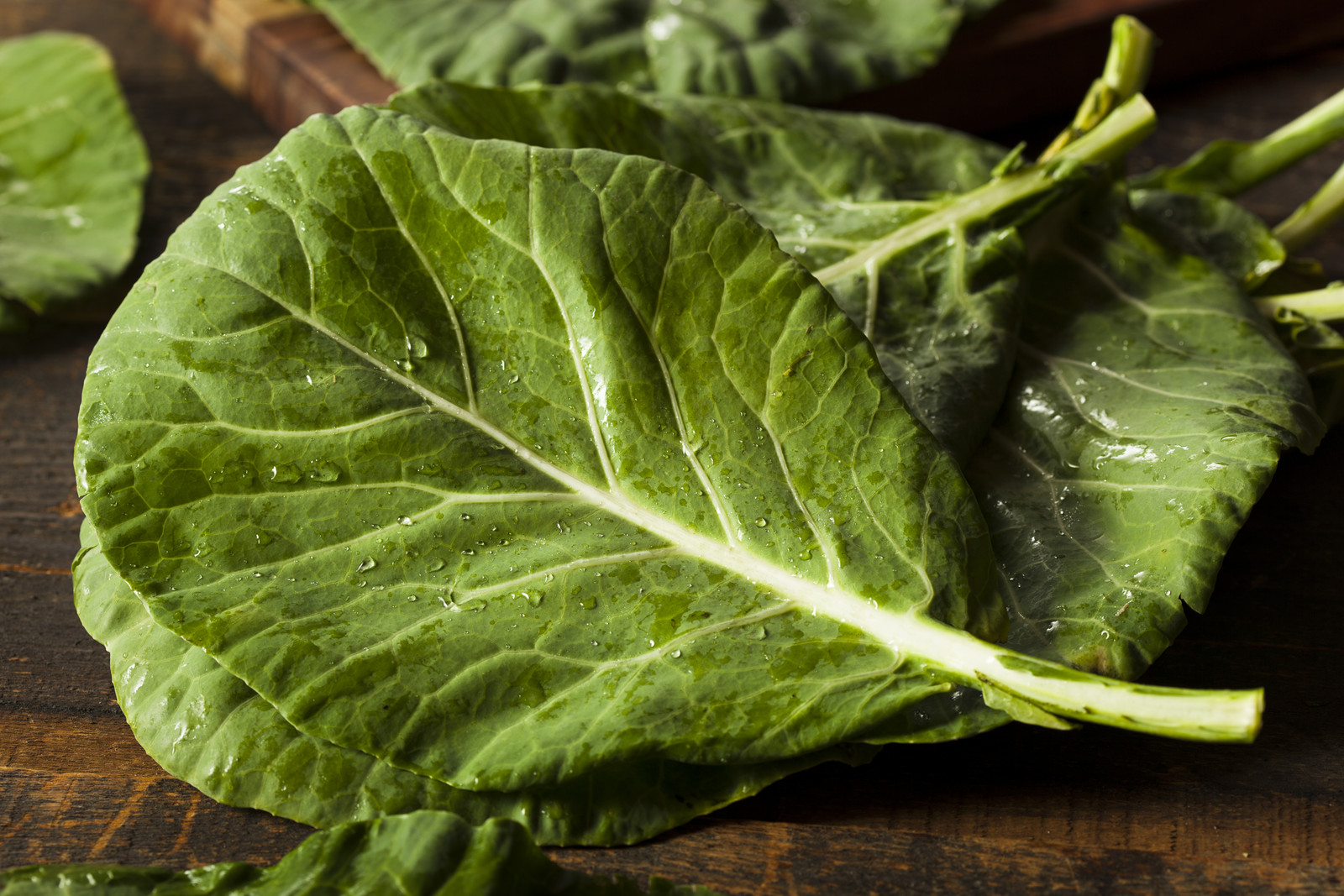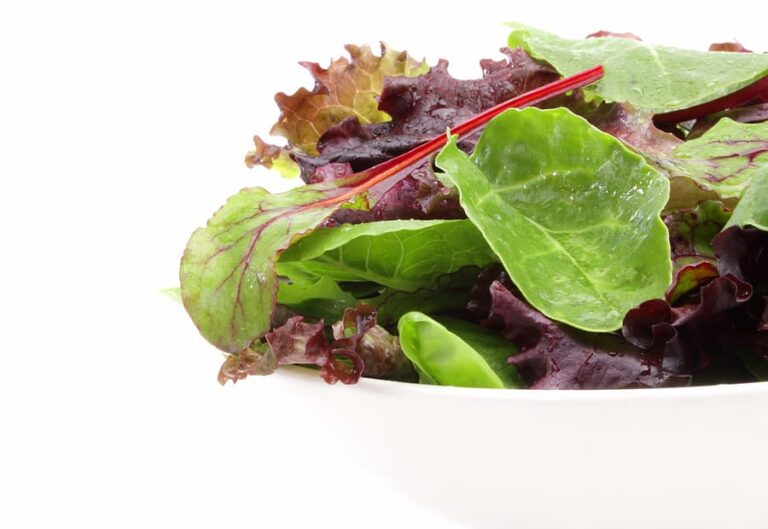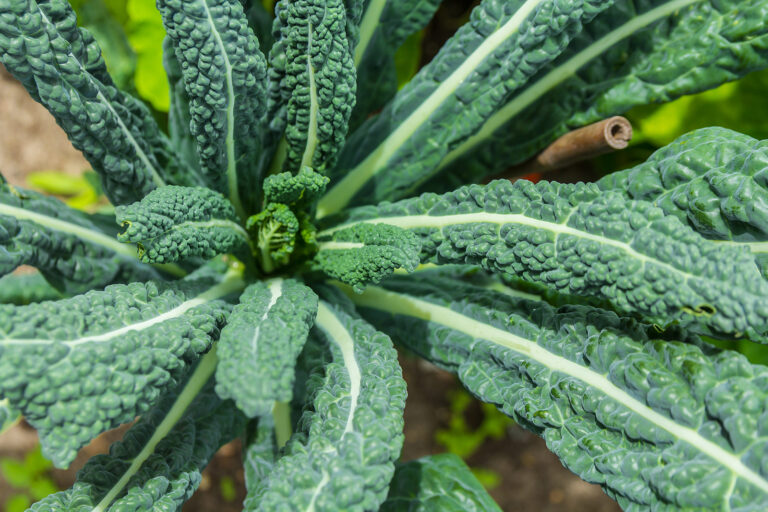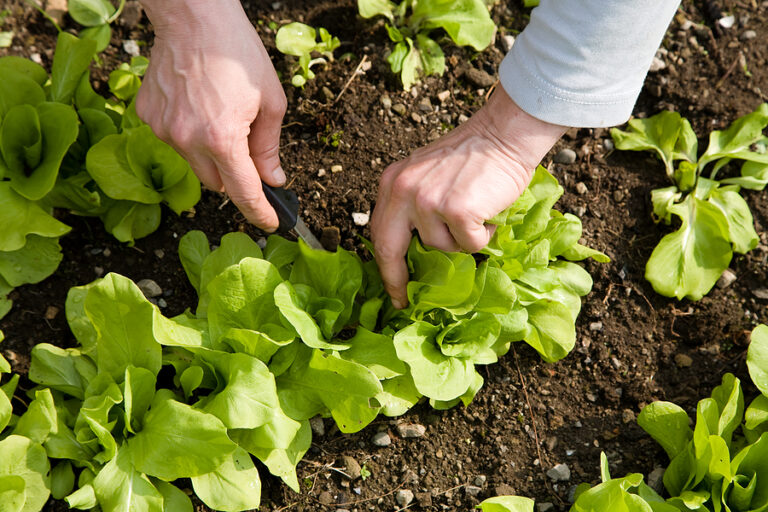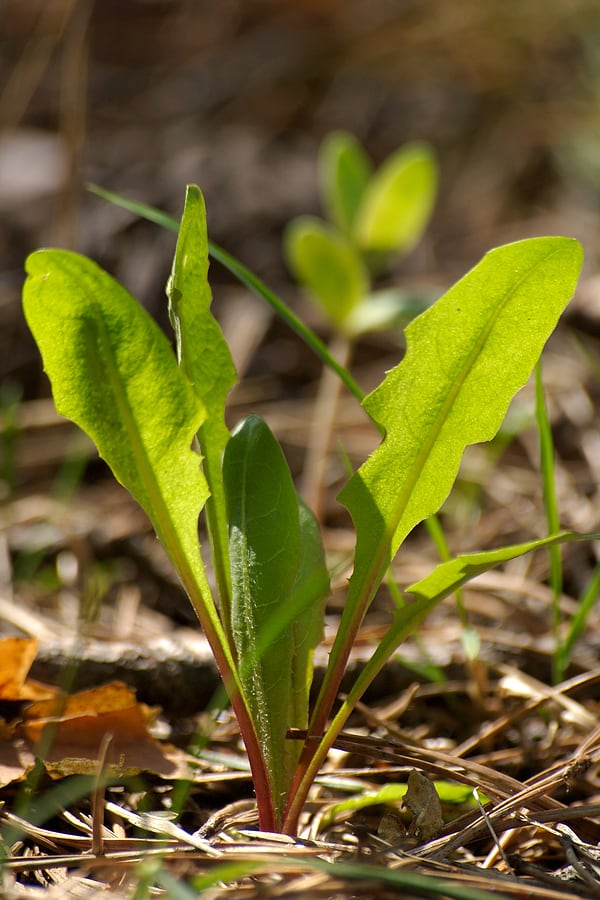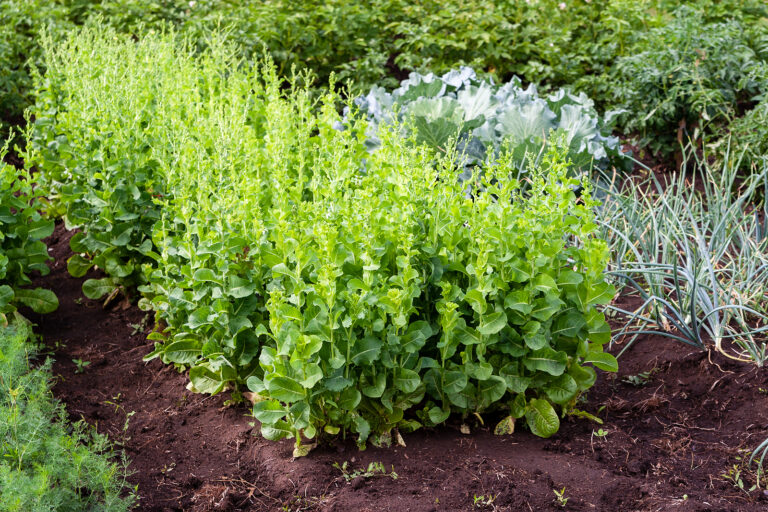Blanching Collard Greens: What It Is and How to Do It
Blanching collards is a simple technique that improves flavor, softens texture, and preserves nutrients—whether for fresh eating or storage.
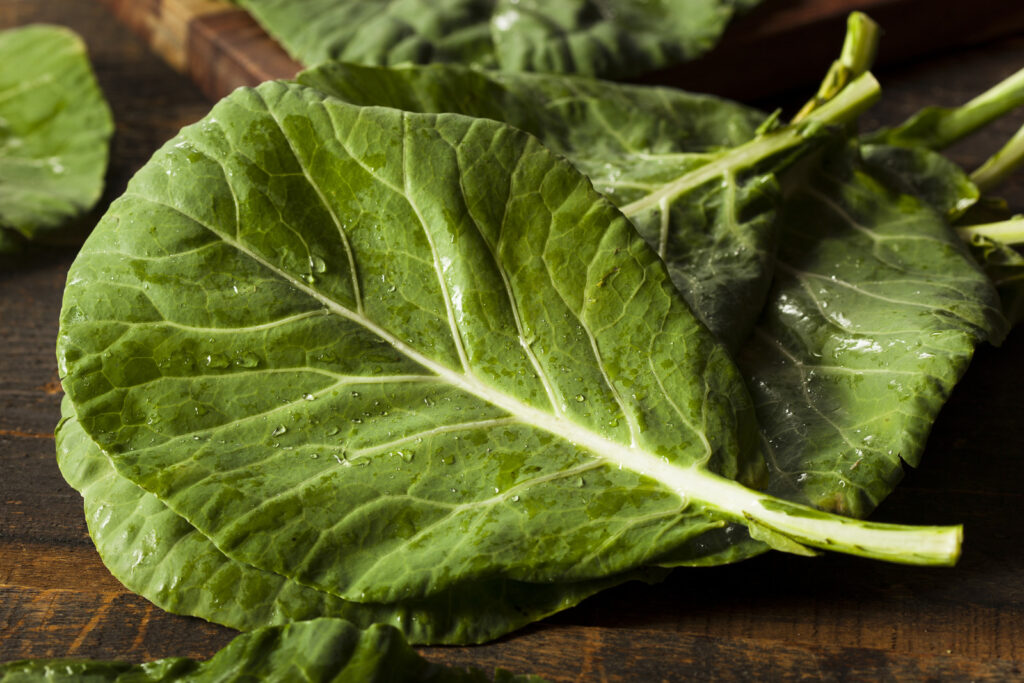
What Is Blanching?
Blanching is briefly boiling or steaming vegetables before cooling them quickly in ice water. This stops enzyme activity that can cause flavor and color loss.
Why Blanch Collards?
- Preserves Flavor: Reduces bitterness in the leaves.
- Improves Texture: Softens tough leaves for easier cooking.
- Locks in Color: Keeps collards vibrant green.
- Prepares for Freezing: Essential for long-term storage without loss of quality.
How to Blanch Collards
- Wash Thoroughly – Remove dirt, grit, and any damaged leaves.
- Trim & Chop – Cut leaves into desired size for cooking or storage.
- Boil Water – Bring a large pot of water to a rolling boil.
- Add Collards – Submerge in boiling water for 3 minutes (or steam for 5 minutes).
- Ice Bath – Immediately plunge into ice water for the same amount of time to stop cooking.
- Drain Well – Pat dry or spin in a salad spinner before cooking or freezing.
Tips for Success
- Work in small batches to keep water hot.
- Use a timer—overblanching can make leaves mushy.
- For freezing, pack into airtight freezer bags and label with date.
Blanching collards is a quick step that pays off in taste, texture, and storage life—perfect for both fresh meals and preserving the harvest.
Blanching Collards Chart
| Leaf Maturity | Preparation | Blanching Method | Time | Purpose |
|---|---|---|---|---|
| Young, tender | Wash, remove thick stems | Boiling water | 2–3 minutes | Preserve color, flavor, and nutrients |
| Mature leaves | Wash, trim stems, cut into manageable size | Boiling water | 3–4 minutes | Soften texture before freezing or cooking |
| Any maturity | Wash, remove stems, pat dry | Steam blanch | 4–5 minutes | Best for maximum nutrient retention |
| Any maturity | Wash, remove stems, spread on tray | Microwave blanch* | 2–3 minutes | Quick, small batches, less equipment |
*Microwave blanching is less common and can result in uneven heating—use for small amounts only.

